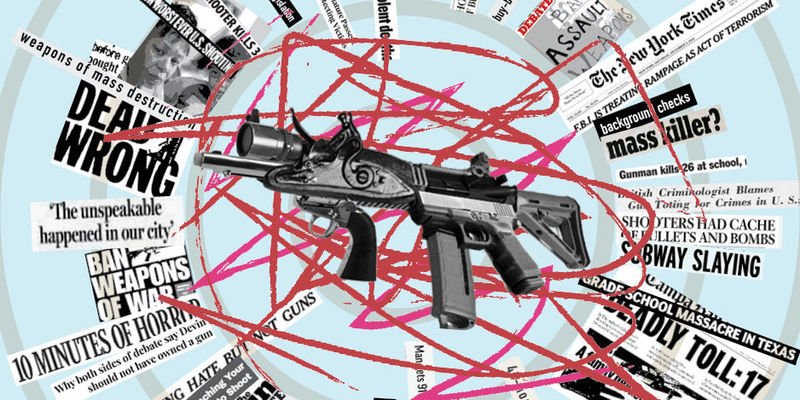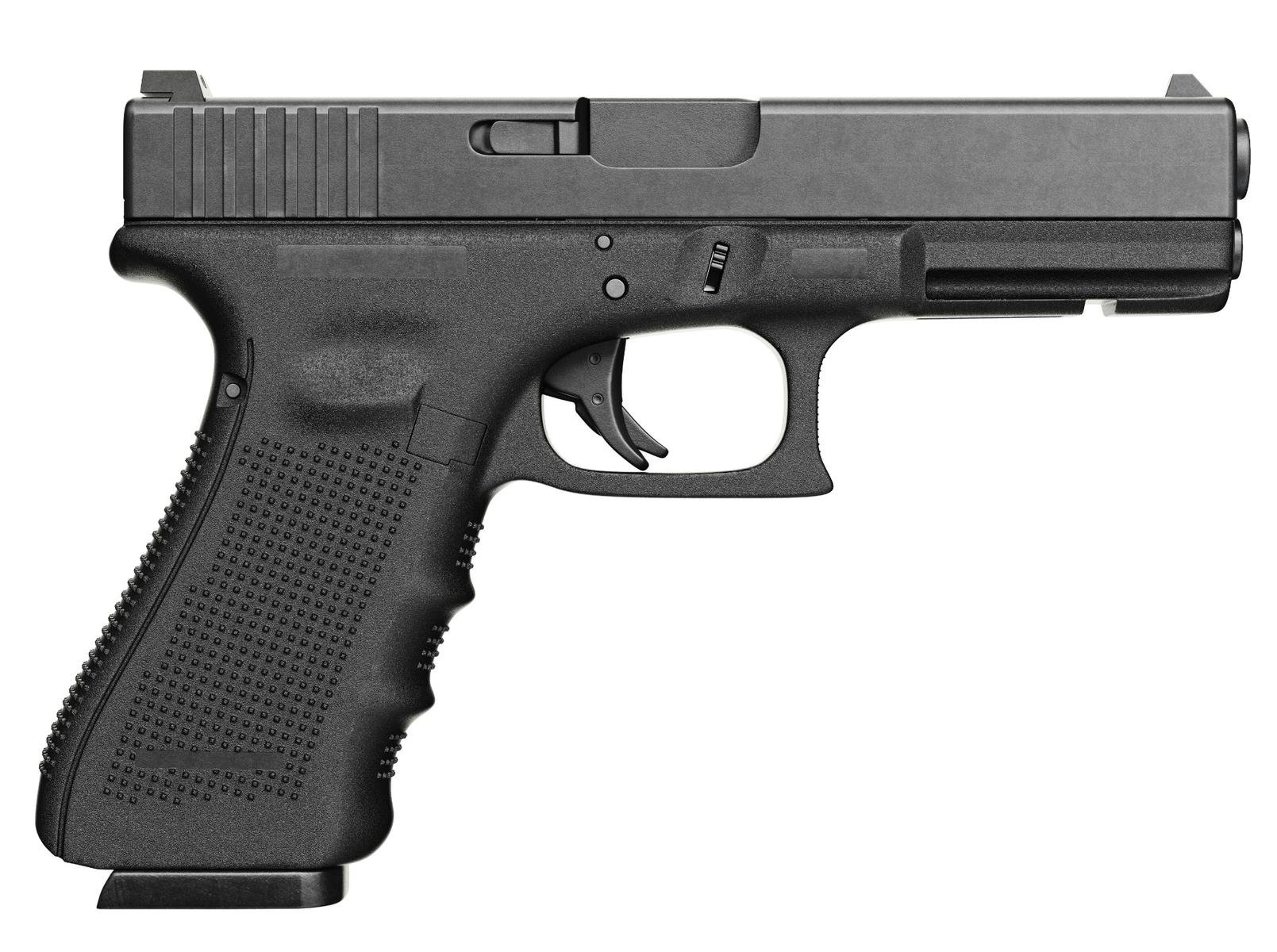May Contain Markup
By Charles Richmond Henderson
Purpose: The book aims to provide an elementary introduction to the study of dependents, defectives, and delinquents, focusing on their nature, condition, and social relations.
Theoretical and Practical: It combines theoretical discussions on the phenomena with practical approaches for social conduct, institutions, and organizations aimed at betterment, alleviation, and correction.
Principles and Methods: Emphasizes the importance of principles and general laws in philanthropy and social work, advocating for systematic approaches rather than ad-hoc solutions.
Observation and Experience: Stresses the need for personal observation and experience in understanding and addressing social issues, supported by statistical data and expert interviews.
D.C. Heath & Company, 1906, 397 pages






